Carolyn Lazard
Carolyn Lazard’s series of selfies, In Sickness and Study (2015-ongoing), transforms the stereotypically abject position of a patient’s body within a hospital setting into one of openness and resistance. Each selfie is a portrait of the artist as reader: each shows the cover of a book—by Audre Lorde, Angela Davis, Octavia Butler, Alison Kafer—being held up by the artist, whose outstretched arm reveals the paths of numerous IV lines. Posted to Lazard’s Instagram account, these images create a singular archive of simultaneous moments of treatment and of learning.
The ten-minute video Crip Time (2018) shows the action of slowly refilling a pillbox, revealing a ritual familiar to many but rarely if ever considered a subject for art. The title refers both to the radical concept of a disabled person’s experience of time and, ironically, to the regimented box, which measures time in units of “doses” per day.
In the free, downloadable PDF Accessibility in the Arts: A Promise and a Practice, Lazard provides a thorough resource about access issues for event or exhibition planners.
Carolyn Lazard, CRIP TIME, 2018. HD video, 10 minutes. Courtesy of the artist.
Artist-provided visual description: A one-take video shot from an overhead view over the surface of a table. On an embroidered tablecloth is a 7-day weekly pill organizer separated into daily compartments. The labels on the organizer have been partially worn off through repeated use. A set of brown hands with gold nail polish emerge from the top of the frame and begin to separate and open the compartments. The hands proceed to open various pill and supplement bottles and fill the different compartments with pills and supplements. As hands open the bottles, the interiors of the bottles are made visible to the camera. The containers are also labeled “morning,” “noon,” “evening,” and “bedtime.” The hands move both methodically and spontaneously. The action of filling the containers suggests muscle memory like shuffling cards or sorting objects on a conveyor belt. Over the course of the action, a patch of sun on the table moves across the frame. Bottles accumulate around the edges of the frame. At the end of the video, the daily compartments are closed up and stacked on their side, Sunday through Monday.About This Site
A Picture of Health: Jo Spence, a Politics of Disability and Illness is a multi-pronged project curated by Kenny Fries and Elisabeth Frost.
In 1986 the British artist, educator, and activist Jo Spence (1934-1992) described the question fundamental to her work: “how to represent a body in crisis.” Spence’s work reveals powerful political and artistic responses to the experience of inhabiting such a body and is as timely as ever. This website places her work in the context of the lived experience of chronic illness and of contemporary Disability Arts.
The Artists
 Jo Spence
Jo Spence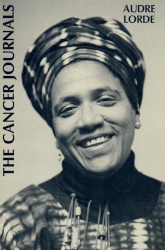 Audre Lorde
Audre Lorde Yvonne Buchheim
Yvonne Buchheim Guadalupe Maravilla
Guadalupe Maravilla Simon Watney
Simon Watney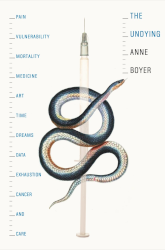 Anne Boyer
Anne Boyer Suleika Jaouad
Suleika Jaouad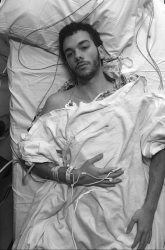 Joey Solomon
Joey Solomon Stephen Starkman
Stephen Starkman Andrea Gibson
Andrea Gibson Mary Cappello
Mary Cappello Alicia Ostriker
Alicia Ostriker Pelenakeke Brown
Pelenakeke Brown Navild Acosta and Fannie Sosa
Navild Acosta and Fannie Sosa Perel
Perel Alice Wong
Alice Wong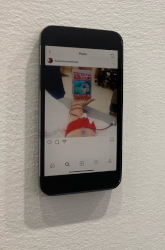 Carolyn Lazard
Carolyn Lazard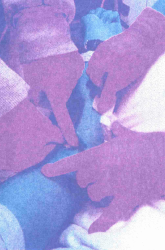 Ezra Benus
Ezra Benus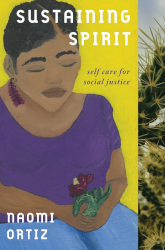 Naomi Ortiz
Naomi Ortiz Cancer Care Collective
Cancer Care Collective